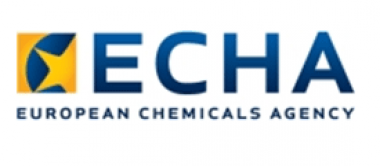INVISTA will hold downstream nylon fibers business
Nearly one year after announcing its intention to explore strategic alternatives for its nylon fibers business, INVISTA announced it made the decision to hold the business following a thorough marketing process.
The decision was shared in a message to all employees from INVISTA president and CEO, Brook Vickery, and EVP of Downstream Nylon Fibers, Jeff Kugele, in early April.
“While there was significant interest in the business, we reached the conclusion that INVISTA can create the most long-term value for the company by retaining ownership, and we are excited about the future potential of the business,” Vickery said.
The marketing process focused on INVISTA’s nylon fiber portfolio, which includes airbag and industrial fibers, the CORDURA® businesses, and five supporting global manufacturing locations: Seaford, Delaware; Martinsville, Virginia; Kingston, Canada; Gloucester, UK; and Qingpu, China.
































